by Glenn Barnett
On Saturday, December 6, 1941, the repair ship USS Vestal eased alongside the USS Arizona at her berth at Pearl Harbor. Vestal moored herself outboard of the battleship, port side to port side. The Arizona had just returned from maneuvers and had scheduled some long overdue maintenance. She was due to move into dry dock the next week. The Vestal would begin the routine of rewinding the armatures of the battleship’s huge electric motors and other tasks that would shorten her stay in dry dock.
The crews of both ships settled down for a relaxing weekend. Scheduled work on the Arizona would begin Monday. For Seaman First Class Henry Emlander, Sunday was a day to sleep in. Aboard the Vestal only a month, he was still finding his way around. Assigned to the print shop, he also bunked in that compartment, forward on the port side, three decks down.
The next morning, he was awakened by a jarring blast on the other side of the bulkhead. It was a bomb meant for Arizona. The next 60 hours were a nightmare.
The Vestal was already one of the oldest ships in the fleet in 1941. She had been launched during another era, as a collier in 1909. Even as she slid down the ways at the New York shipyard, she was becoming obsolete. The world’s navies were converting from coal-fed engines to cleaner, far less smoky fuel oil. In 1913, Vestal was converted for use as a repair ship, though ironically she continued to burn coal in her boilers until 1921. Other colliers were also being converted at this time. The collier USS Jupiter became the Langley, America’s first aircraft carrier.
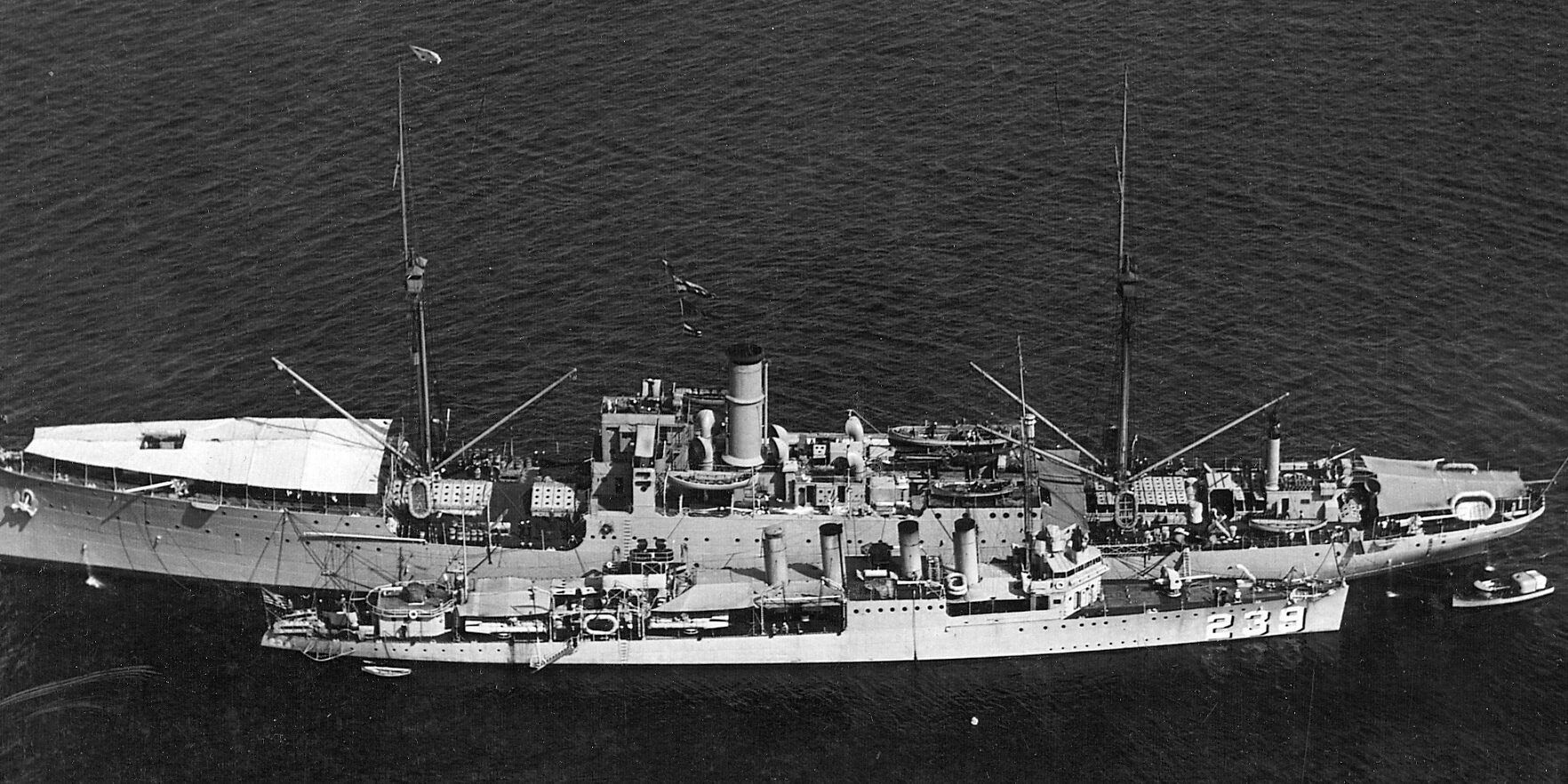
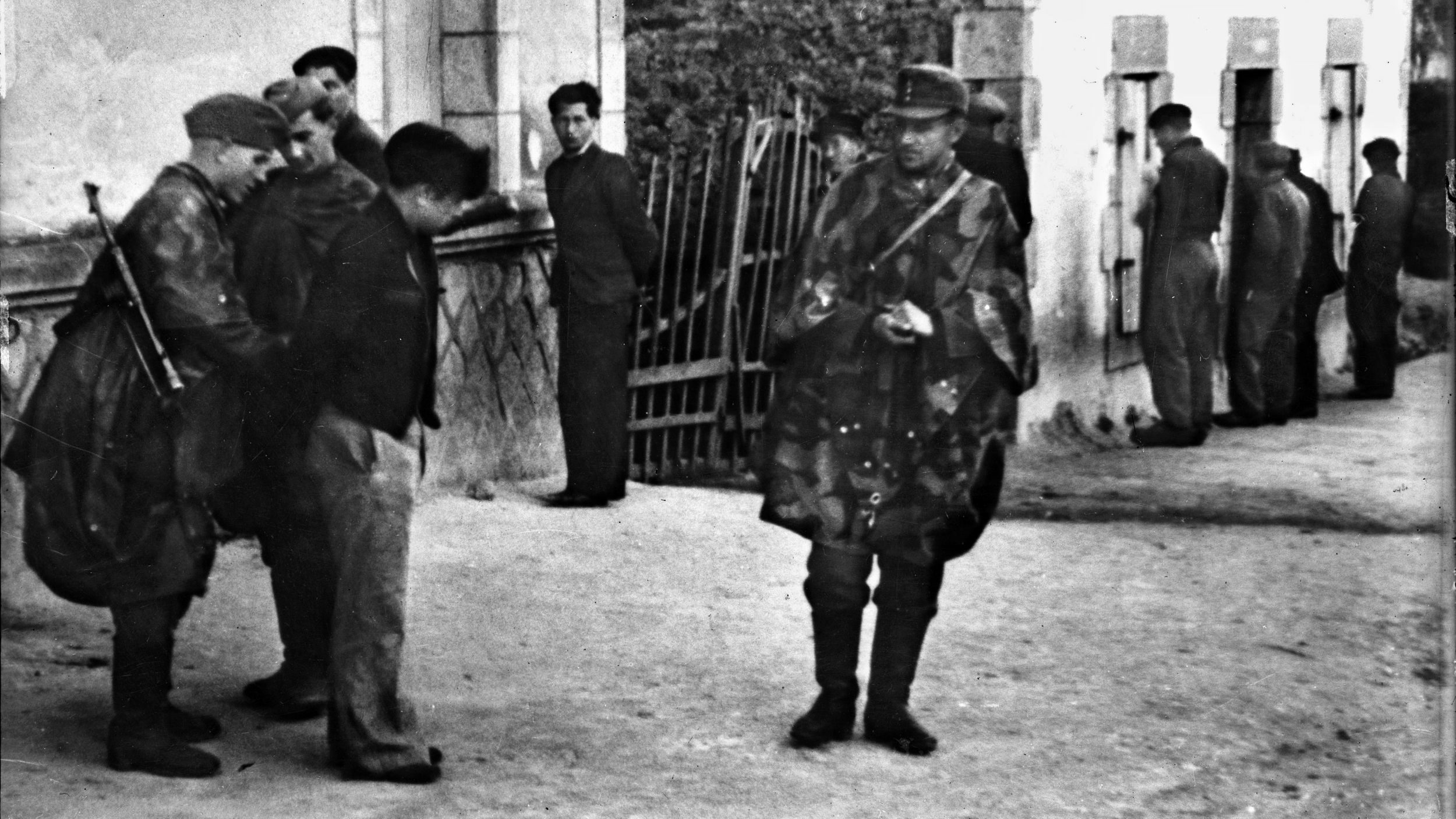
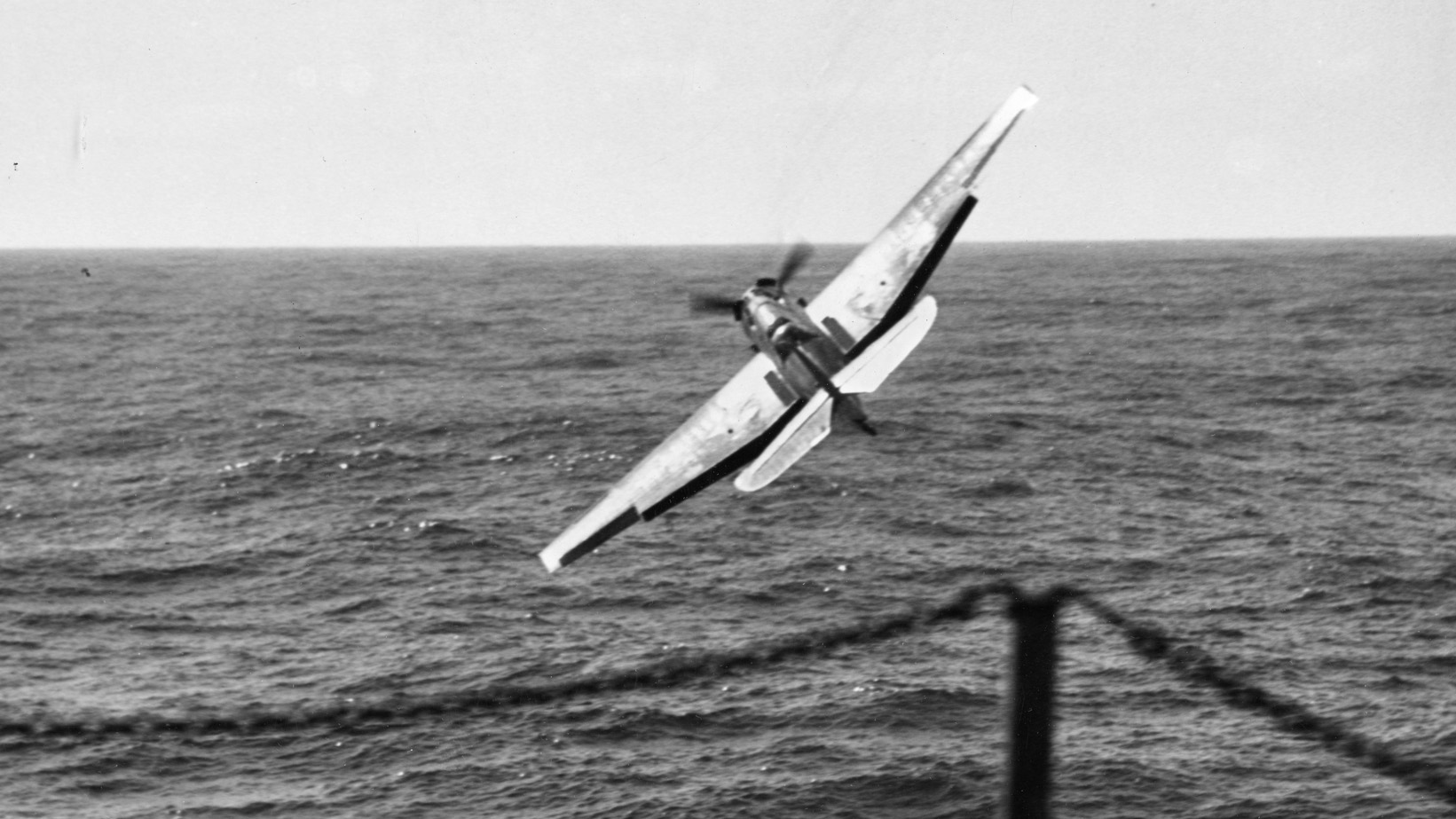
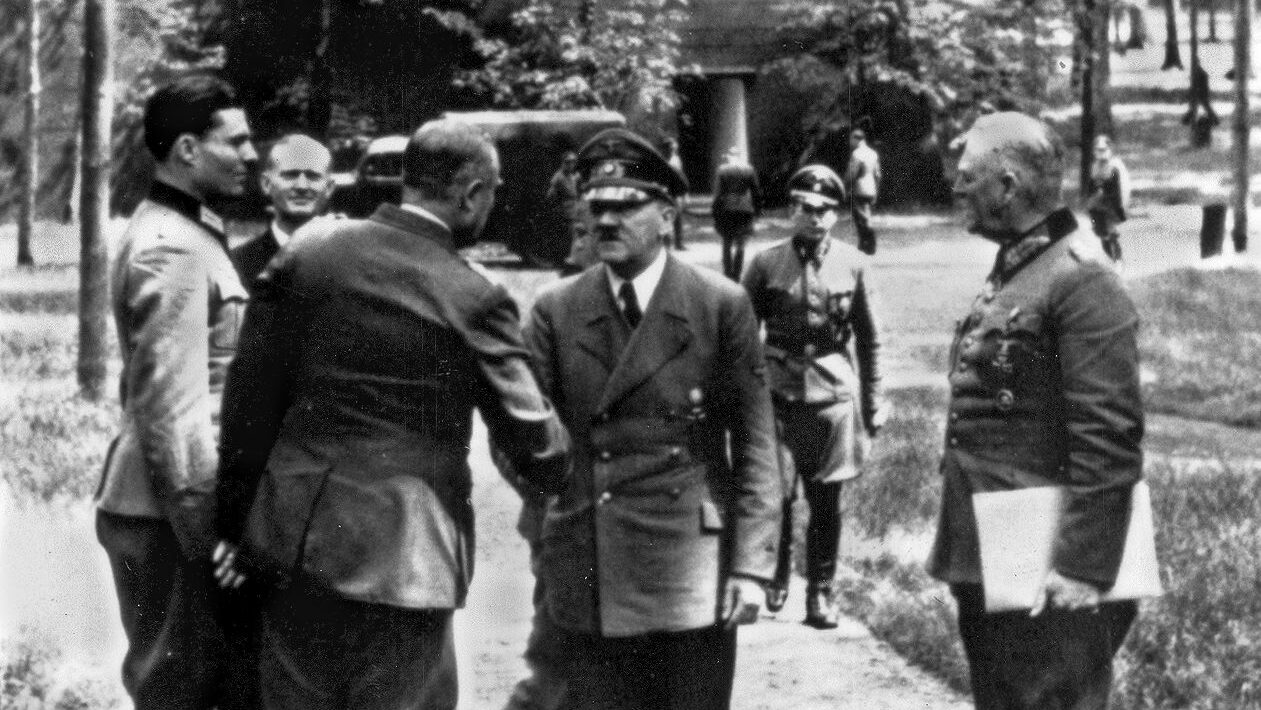
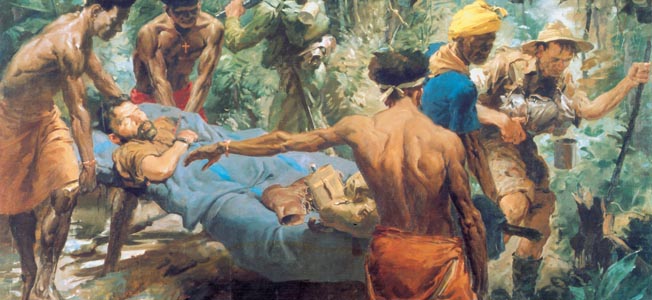
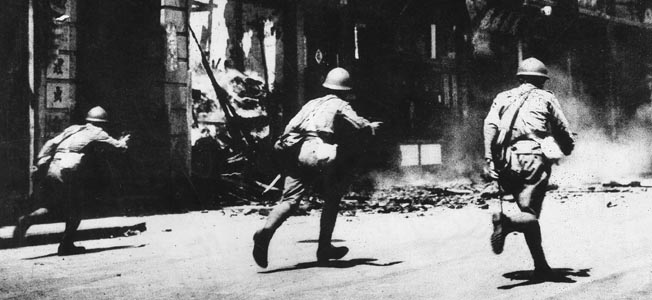
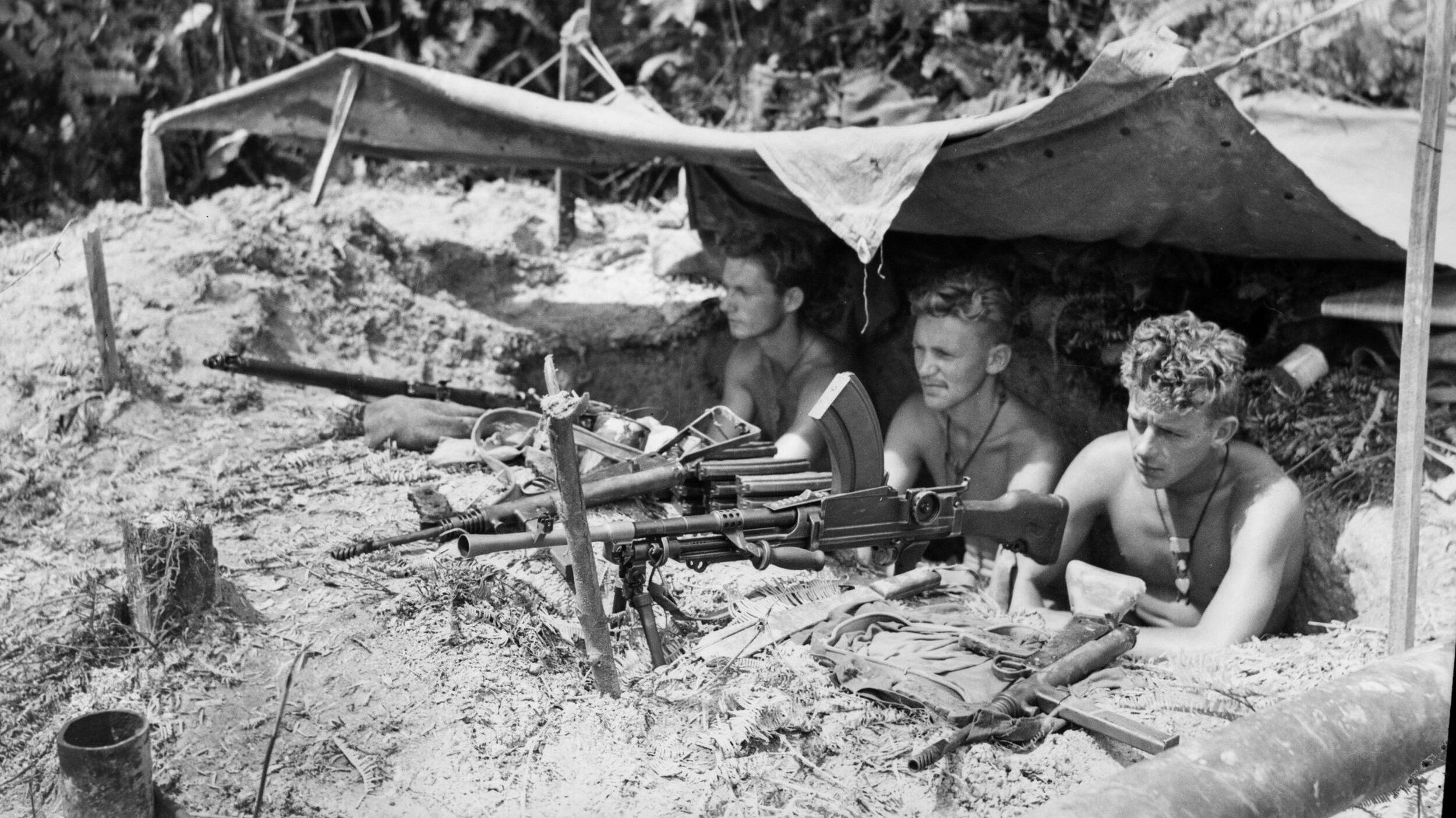
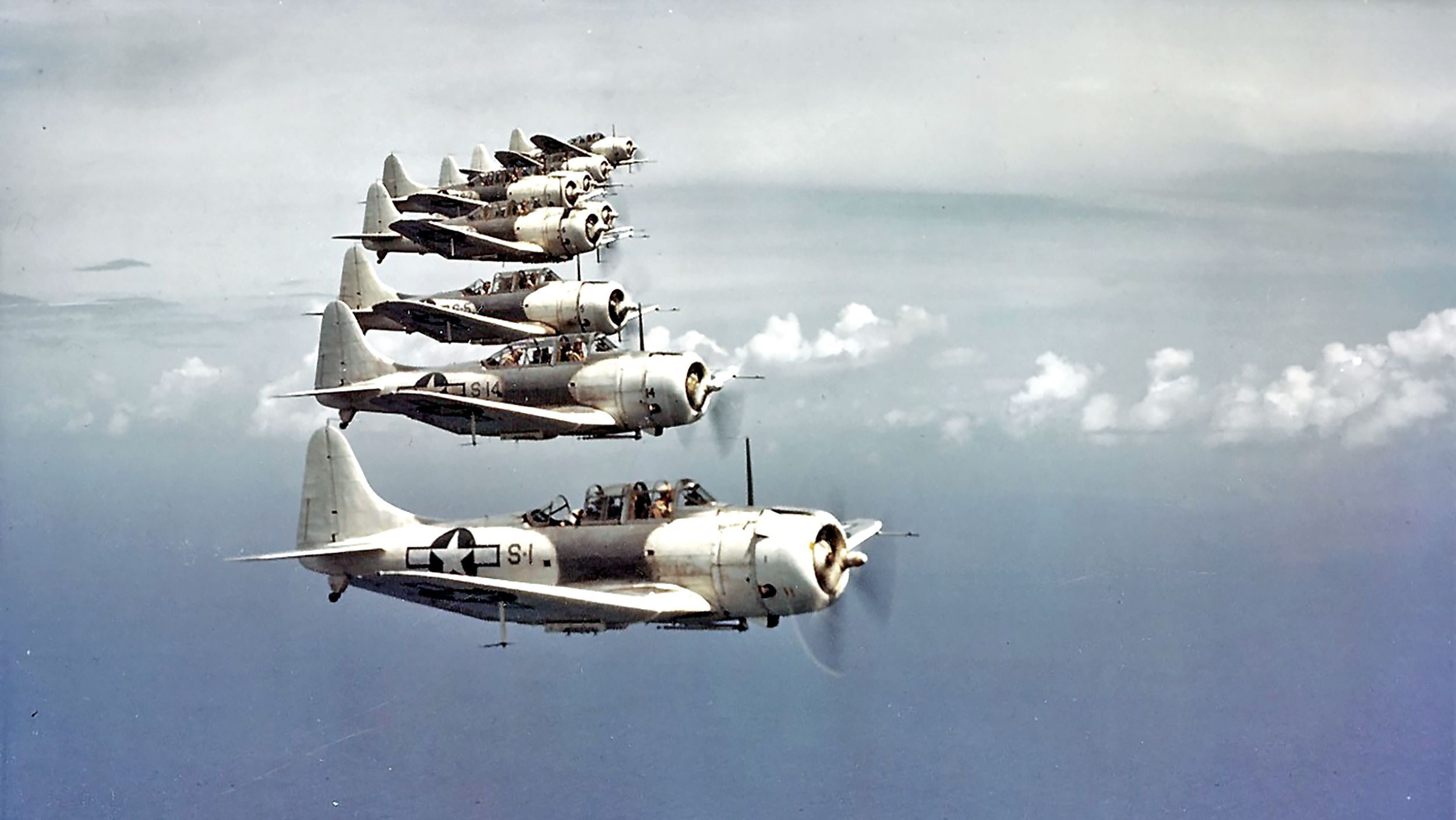
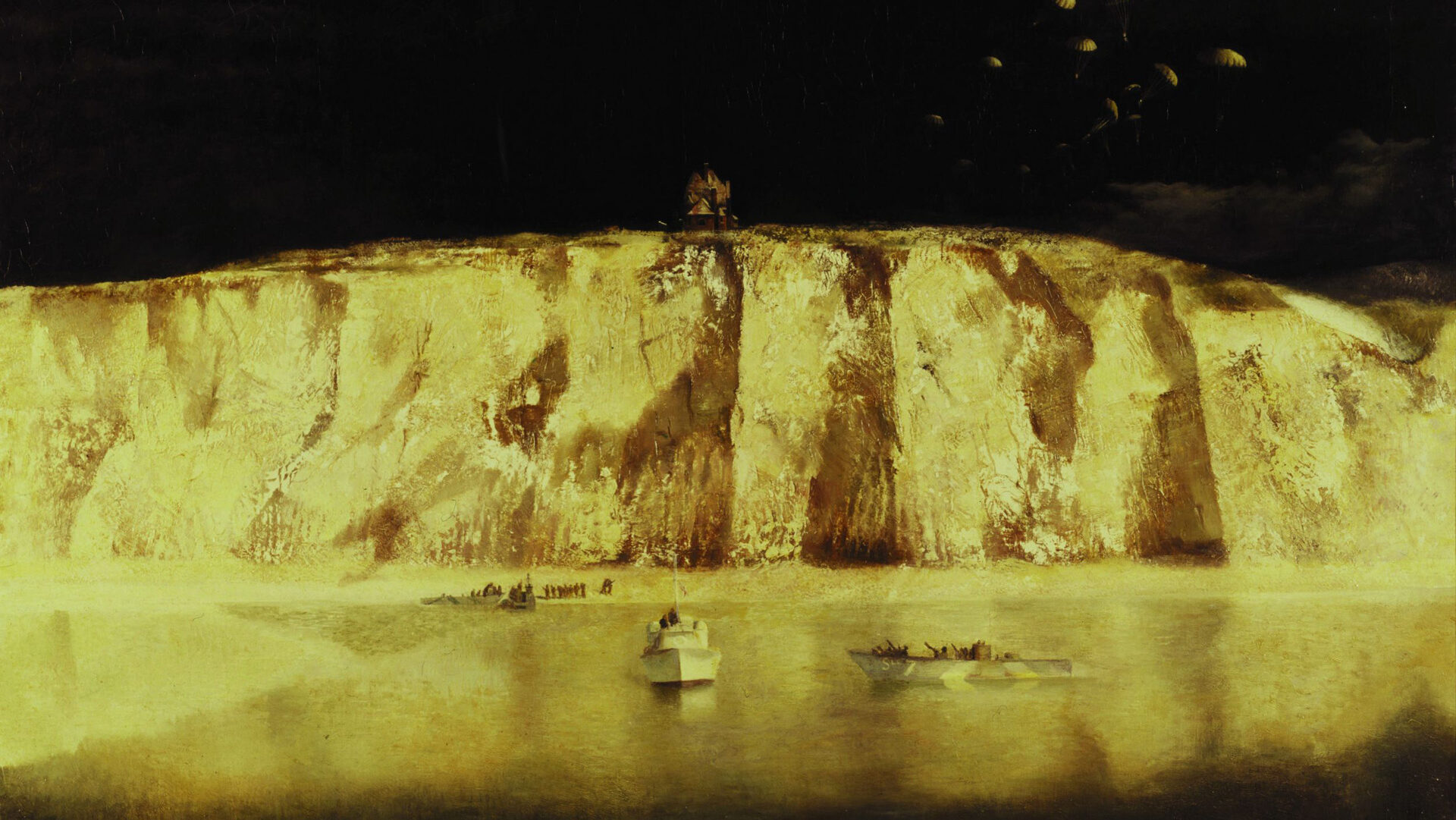
Fantastic story of a fantastic ship’s company.
Thanks for the article, great. Where can i find our who all served on thr USS Vestal while she was attacked at Pearl?
My father EG (Hap) Towner was assigned to the Vestal from late 30’s to 1942. He was the Captain Youngs Yoman. He and his brother were both at their navy housing with their wives (my mom) Sunday morning when the attack started. He and his brother jumped into their car to get to the pier. They were strafed by Japanese fighters enroute. During the lull between the first and second attacks my dad made his way to the Vestal which was beached. I’m desperately trying to find the ships log book that would have all the entries my Dad made from 1939 to when he was transferred. Any suggestions? Who is sGlenn Barnett?